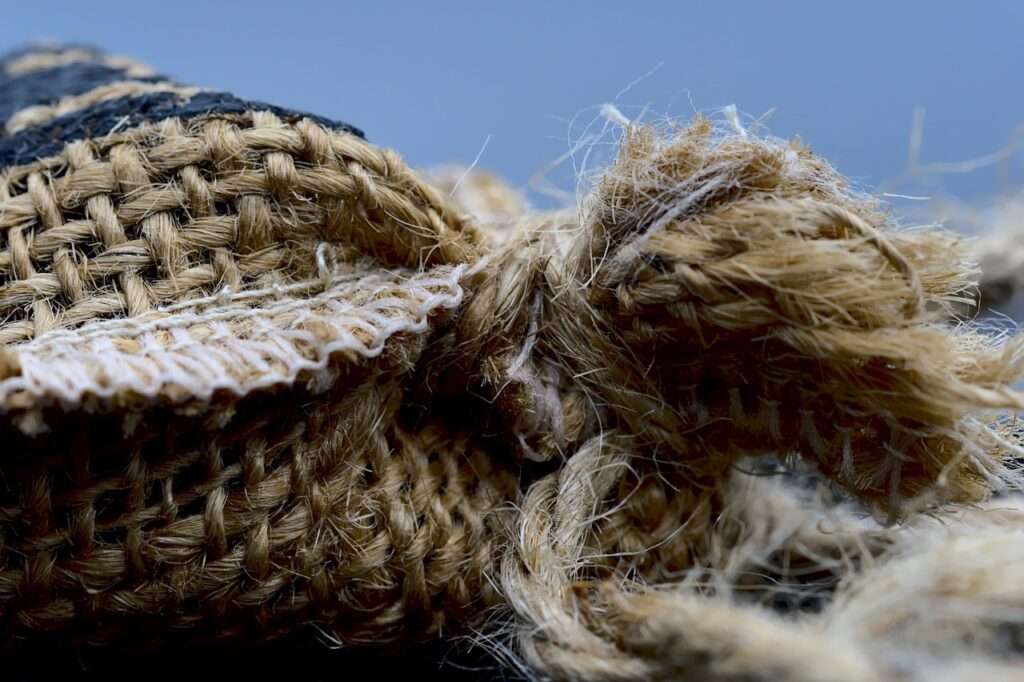Hemp, a versatile and eco-friendly fiber derived from the Cannabis sativa plant, is making a significant impact on the fashion industry. With a history dating back thousands of years, hemp is experiencing a resurgence as a sustainable and innovative material, aligning with the growing demand for eco-conscious fashion choices.
1. **Environmental Benefits:**
Hemp cultivation requires minimal water, pesticides, and synthetic fertilizers compared to traditional textile crops. Its fast growth and dense canopy naturally suppress weeds, reducing the need for herbicides. Hemp’s cultivation is therefore considered more environmentally friendly and sustainable.
2. **Durable and Breathable:**
Hemp fibers are exceptionally durable, making them ideal for long-lasting and resilient garments. Despite its robust nature, hemp fabric is also breathable, providing comfort to the wearer. This combination of durability and breathability positions hemp as a favorable choice for various clothing items.
3. **Versatility in Style:**
Hemp textiles have evolved from their stereotypical associations and now offer a wide range of styles. From casual wear to high-end fashion, hemp fabrics are being incorporated into diverse designs, showcasing the material’s adaptability and versatility in the fashion landscape.
4. **Natural Aesthetics:**
Hemp textiles have a distinct natural aesthetic that adds character to fashion pieces. The fabric’s texture and earthy tones create a unique visual appeal, contributing to the overall trend of embracing natural and sustainable elements in fashion design.
5. **Biodegradability:**
One of hemp’s notable attributes is its biodegradability. When garments made from hemp reach the end of their lifecycle, they can naturally decompose without causing environmental harm. This aligns with circular fashion principles, emphasizing the importance of minimizing waste in the fashion industry.
6. **Blending with Other Fibers:**
Hemp can be blended with other fibers such as organic cotton or recycled polyester, enhancing its versatility and expanding its application in various types of clothing. These blends often result in textiles that offer the best of both worlds—comfort, durability, and sustainability.
7. **Growing Popularity and Market Presence:**
As sustainability becomes a focal point in consumer choices, the demand for hemp-based fashion is on the rise. Many fashion brands are integrating hemp into their collections, and dedicated hemp-focused labels are emerging, indicating a shift towards more sustainable and conscious consumer habits.
8. **Regulatory Support:**
Legislative changes and increased awareness of hemp’s benefits have led to regulatory support for hemp cultivation in various regions. This support encourages fashion brands to explore and adopt hemp as a viable and sustainable alternative to traditional textiles.
In conclusion, hemp’s renaissance in the fashion industry is characterized by its sustainable cultivation practices, durability, and versatility in style. As consumers increasingly prioritize eco-friendly choices, hemp emerges as a beacon of sustainable fashion, offering a pathway towards a more environmentally conscious and responsible future for the industry.
